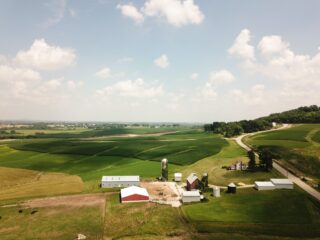HOME | ABOUT US | MEDIA KIT | CONTACT US | INQUIRE
HOME | ABOUT US | MEDIA KIT | CONTACT US | INQUIRE
While the spread of COVID-19 to all regions of the country was expected, it is now being noted that new reported COVID-19 cases are being to impact rural areas at an increased rate.

As the number of people being tested increases, so does the number of new cases. The death rate, thankfully, shows to have slowed considerably. Although there is a reasonable explanation for the rise in new rates, the number continues to leave some Missouri residents concerned.
Beginning Tuesday morning, the state of Missouri was back open after weeks of statewide shutdown orders. The state was able to move to phase two of the Show Me Strong Recovery Plan due to expanded testing and reserves of personal protective equipment, according to Gov. Mike Parson in a news report from KMBC. Parson also said the state is watching the capacities at hospitals and health-care systems and health officials now have better ability to predict potential outbreaks, according to the report.
While many businesses in Kansas City have been cleared to open with a significant release on restrictions, some city and county restrictions remain in place, including those in rural areas of the state.
“There’s been this long-running perception that coronavirus is an urban phenomenon,” Chris Prener, a sociologist at St. Louis University said in a news report from KMBC. “It’s definitely an ongoing issue for rural areas,” Prener said, who has been tracking Missouri coronavirus trends.
The share of cases coming from rural areas now accounts for about 30% of the state’s new cases, according to a report from the St. Louis Post-Dispatch. The seven-day average of daily new cases in areas of the state beyond the St. Louis and Kansas City metro regions has generally been under 50, but since the middle of May, a gradual climb has pushed the pace to about 65 new cases a day, says another report from KRCG in Jefferson City.
Rural cases reported recently are said to be caused in part by outbreaks in meat packing plants and nursing homes. The per-capita rate of infections has increased more than tenfold over the past month in Sullivan County, near the Iowa border, where a giant pork processing plant dominates the local economy, according to KMBC.